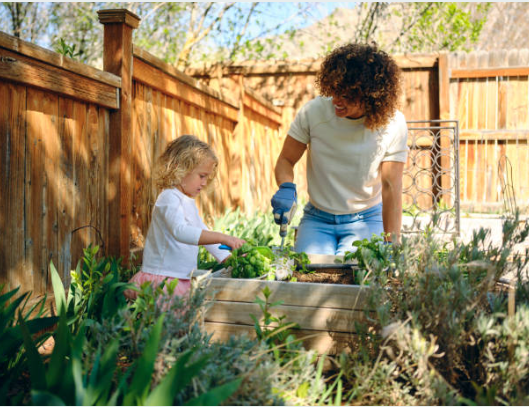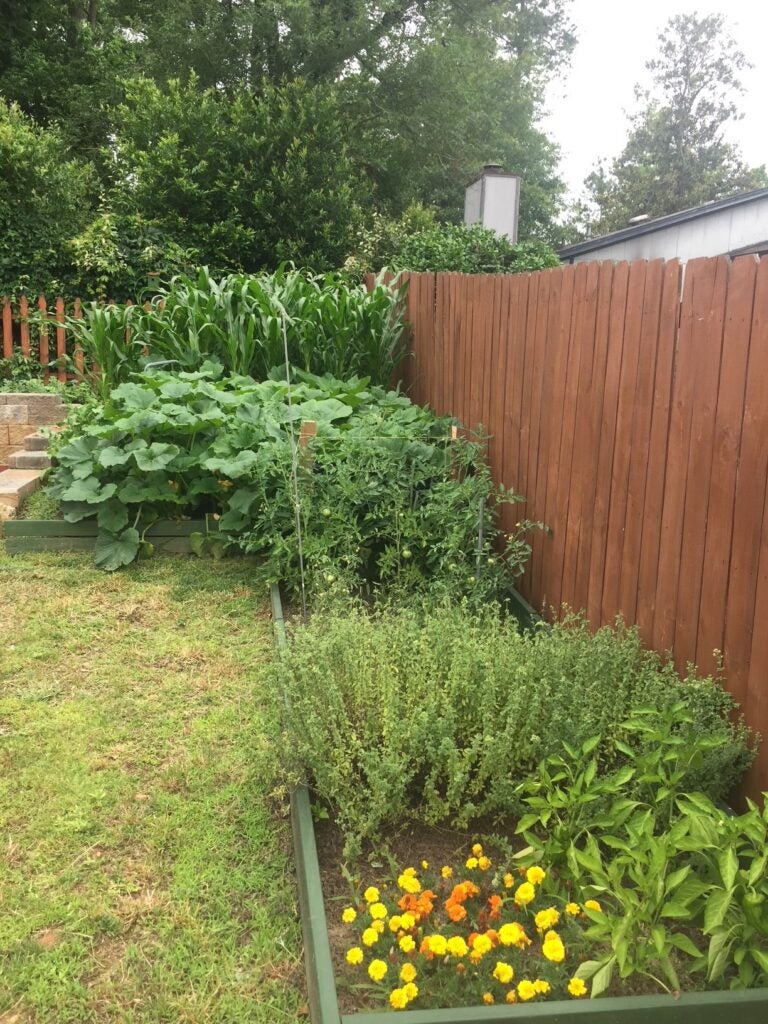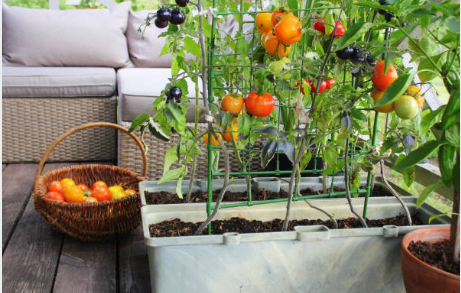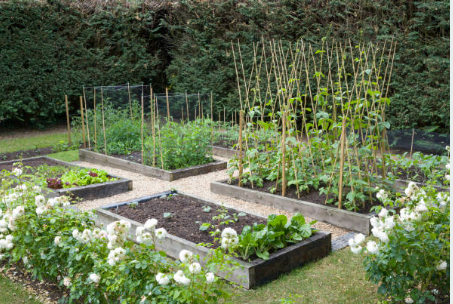Research indicates that when the economy tanks, people turn to growing their own vegetables, but many times, they find that the cost savings really do not justify growing a small garden if your doing it for economics alone.
Those people do not stay gardeners for very long.
People who get into gardening for the fun of having something to do outdoors or have kids who they want to expose to growing their own food tend to stay with the hobby much longer.
Gardening as a hobby has multiple benefits for children. Not only does it get them off of their electronic devices, but according to the Georgia Department of Natural Resources, it reduces stress, increases feelings of responsibility and environmental awareness and presents a bonding opportunity between parents and children.

Hobby? Well, yes, there was once a time when having a private garden plot was the one thing that kept a family from starving in winter. Thankfully, today eggs may break the bank, but a bag full of produce is relatively cheap.
For those who have never gotten potting soil under their fingernails, here are some tips to get started on a budget.
Consider box/container gardening

Some people shy away from gardening because they think it will cost too much, especially if they plan on purchasing a $1,200 tiller to turn over the soil and make the ground sufficiently broken up to sow.
One way to lower the cost is to avoid plowing up the back yard by using boxes or containers. Boxes can be made easily with lumber from the local hardware store.
Going with containers makes it even easier since there is nothing at all to build. The best place to find planters is Goodwill or a Salvation Army thrift store. Those stores usually have an entire wall of shelves with old gardening planters that people have donated and they are sold at a fraction of the price of a big box hardware store.
Get a lay of the land…er, soil.
A good rule of thumb is the darker the soil, the better the produce. This soil generally already has the nutrients needed without adding much fertilizer. If the soil is sandy or red Georgia clay, you may, again, consider boxes or be prepared to purchase some soil.
If replacement soil is needed, then the mid-priced bagged soil is the best bet. The cheap low grade of soil is only a few steps away from being mulch and the higher-priced soil has all types of additives and unnecessary fertilizers, not to mention it is expensive.
In terms of fertilizer, keep in mind that a little goes a long way.

It is always good to take a soil sample to the local UGA extension office and have it tested; with the testing, it can easily be determined how much, if any, fertilizer is needed.
For most containers and boxes, fertilizer can simply be mixed with the soil by hand. Make sure to keep a pair of gardening gloves handy and fertilizer can irritate the skin.
For in-ground gardens, broadcast the fertilizer by hand over the entire growing area and then run it over with the tiller one last time before sowing.
It is always best to give the soil a couple of weeks, after spreading fertilizer, to give the chemicals time to dissolve into the soil. During this period, the ground should be watered, if it is not rained on, to help the fertilizer dissolve.
The experts recommend only spreading fertilizer once, then just let nature do its thing. However, after breakfast and the morning coffee, the gardener can crush up the eggshells and sprinkle them along with coffee grounds daily to organically give the plants some extra nutrients.
It’s okay to cheat
Out of all of the plants out there, tomatoes seem to give people the most trouble. The soil has to be just right for some varieties and tomatoes are susceptible to fungi.

To erase some of the issues you may encounter, consider just buying the plants at the local nursery as little seedlings. Once they are several inches tall, the maturing plants work better in substandard soil and those store bought plants seem to be better able to ward off fungus.
Read the seed packaging carefully
For some plants, such as corn and cucumbers, the seeds are so hearty that all the newbie gardener needs to do is plant the seeds about two to three inches down in the soil and make sure the seeds are watered. For corn et. al, the motto can be “set it and forget it” until it is dinnertime. Other plants need a little extra care.
The seed packet has tons of vital information, like how much sunlight the plant needs to thrive. If you take a day and pay attention to where the sun is at intervals throughout the day, you can plant taller plants like corn and okra and use the shade they create to shield plants that don’t need or can’t handle a full day of direct sunlight.
An internet search will tell you what variants of plants should be planted near one another as different species take and release nutrients from the soil, so seasoned gardeners use a plant placement that will pair up plants that compliment one another.
Also, plant marigold flowers everywhere! Marigolds attract bumble bees and other pollinators, but insects can’t stand them.











